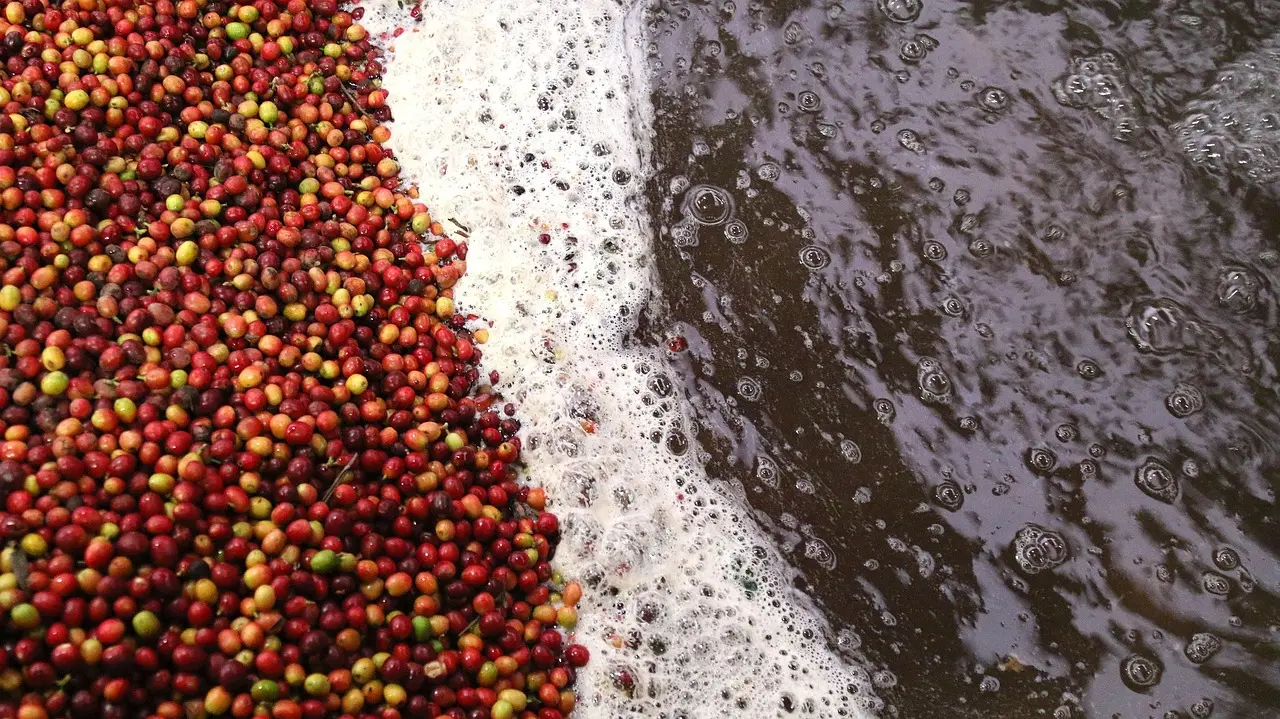
From Cherry to Cup: How Fermentation Shapes Coffee Flavour
What is Fermentation?
Fermentation is a natural process in which microorganisms—typically yeasts and bacteria—break down complex compounds into simpler ones. It’s the kind of process behind bread rising, cheese ripening and of course wine or beer fermenting.
In the case of coffee, fermentation begins because the coffee cherry naturally contains sugar + water—the two ingredients microorganisms love.
Where Does It Happen in Coffee Processing?
Importantly, fermentation in coffee doesn’t happen while you’re brewing your cup—it occurs during processing, shortly after picking the cherries.
Once cherries are harvested, the sticky layer around the seed (the mucilage) becomes the site of microbial activity. If not properly managed, things can go wrong (think mould growth, off-flavours).
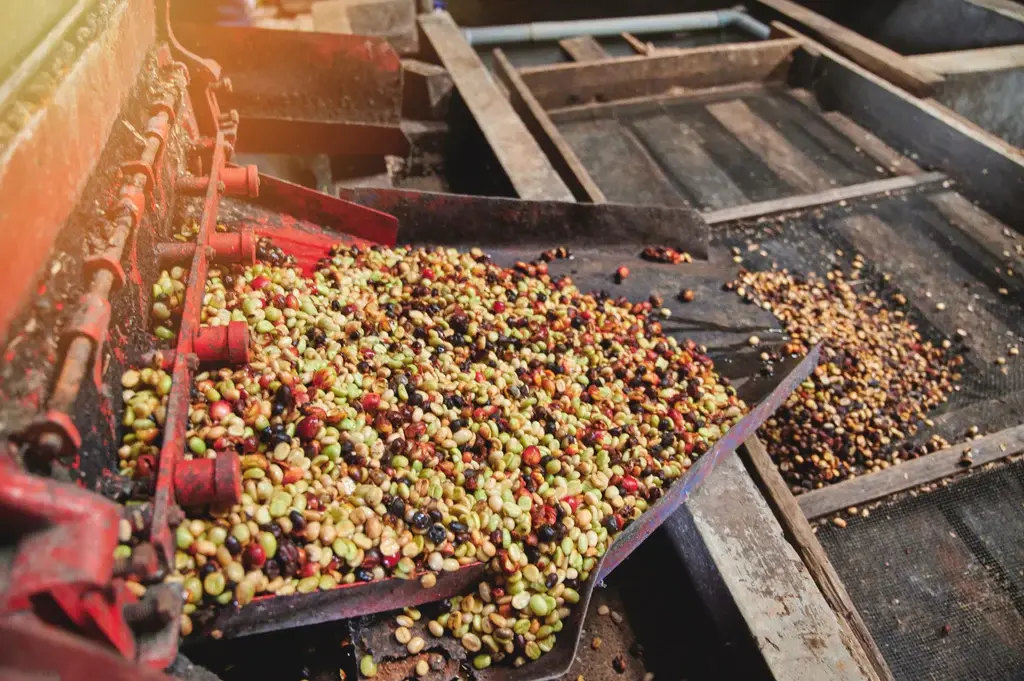
Types of Fermentation: Aerobic vs Anaerobic
There are two key modes of fermentation used in coffee processing:
Aerobic fermentation: The process takes place with oxygen. Cherries (or depulped cherries) are placed in an open tank or container and left for the microbes to act.
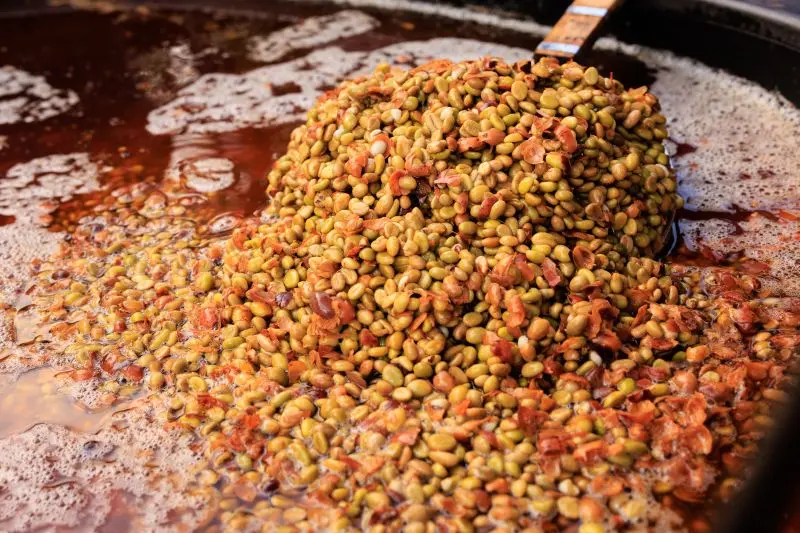
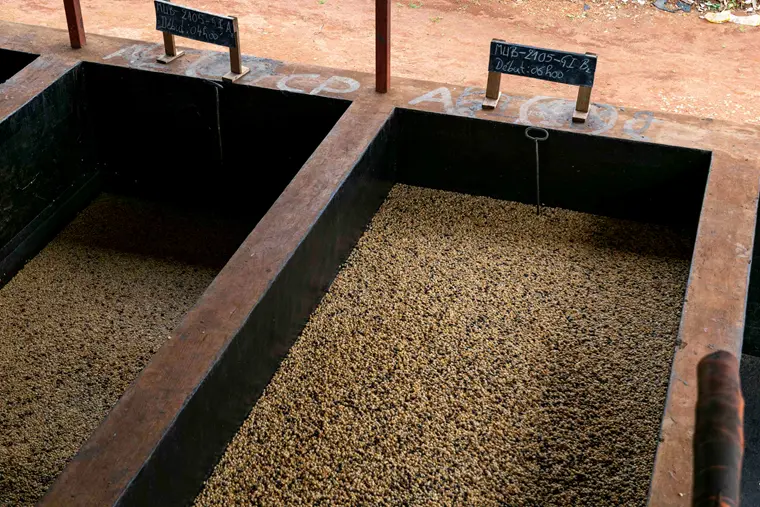
- Anaerobic fermentation: Here the oxygen is limited, i.e., cherries are submerged or in a sealed container, which allows different microbial action and different flavour development.
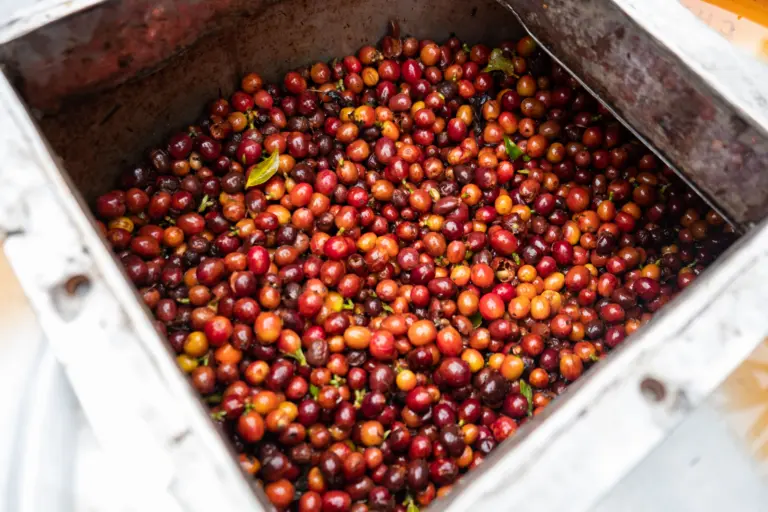
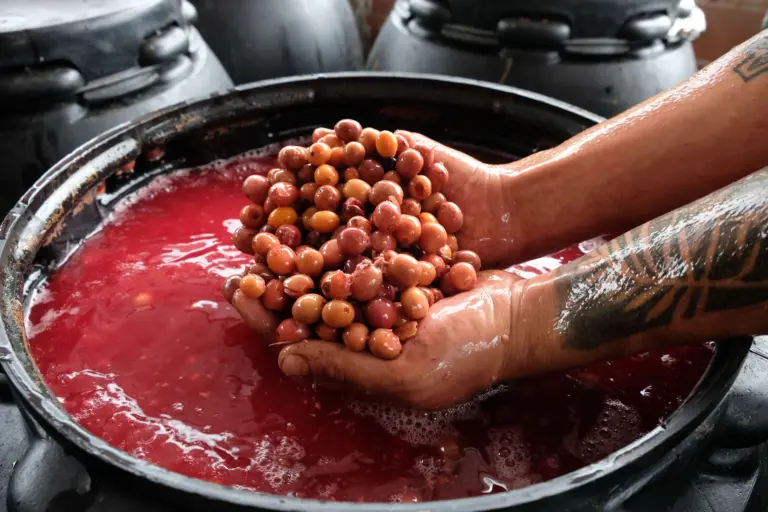
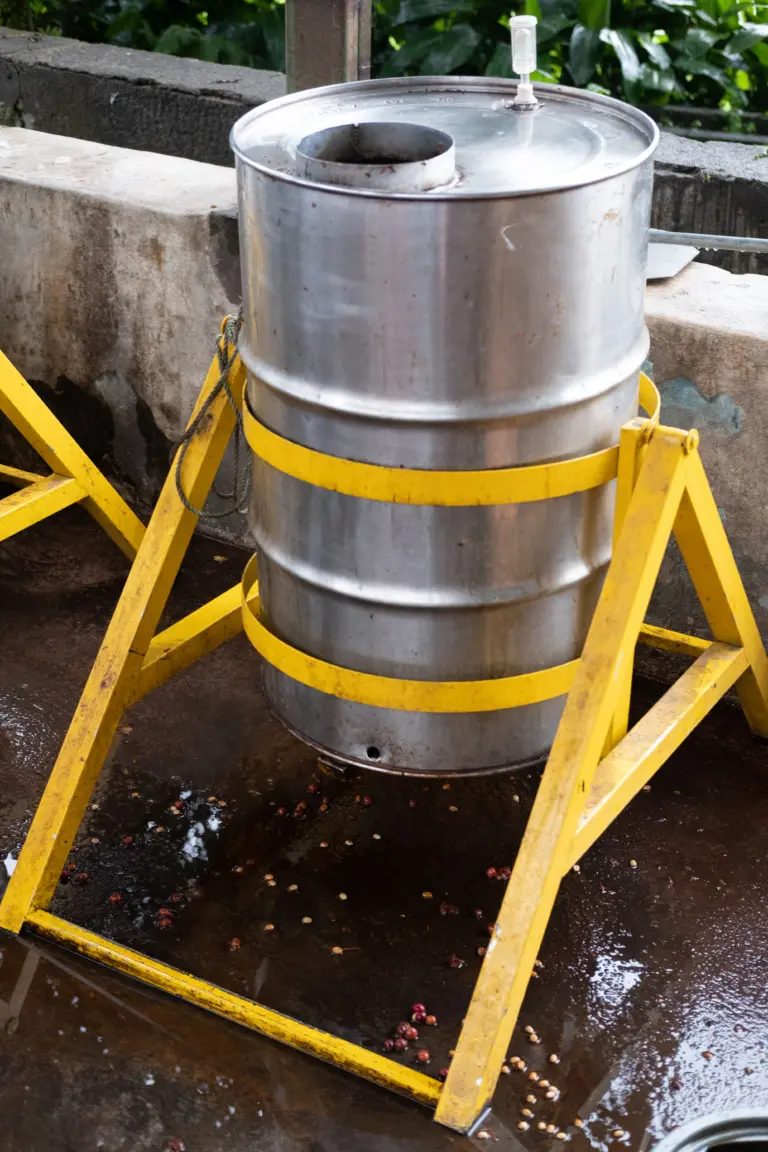
Why It Matters for Flavour
Fermentation isn’t just a necessary step to clean the bean—it’s also a tool in the roaster and producer’s flavour-toolkit. When done well:
It can amplify sweetness and acidity, and bring out distinctive sensorial notes like fruits, chocolate, caramel.
- It changes the internal chemistry of the bean: enzymes break down the mucilage, microbes metabolize sugars, and metabolic by-products influence flavour. Think of how cabbage becomes kimchi—a simple raw material made flavourful by microbial action.
But timing and control matter: if the fermentation goes too long (or happens in the wrong conditions), defects can show up—sour or “stinker” off-flavours, for instance.
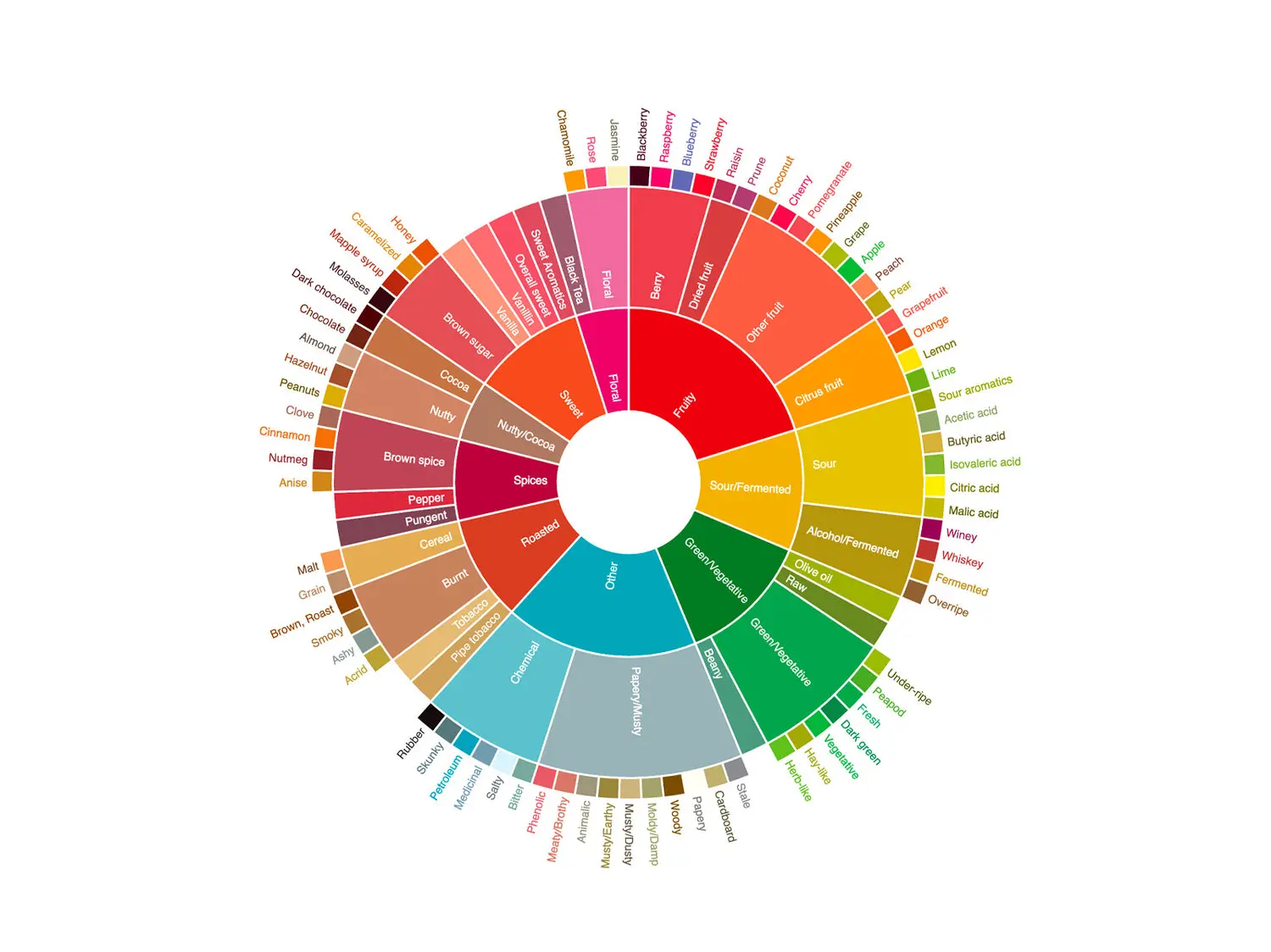
Timing: How Long Should Coffee Ferment?
In a typical washed processing scenario, producers will aim for around 18–24 hours of fermentation to allow mucilage breakdown and microbial activity to do their job.
Too short = incomplete fermentation, under-developed flavour.
Too long or uncontrolled = risk of off-flavour or spoilage.
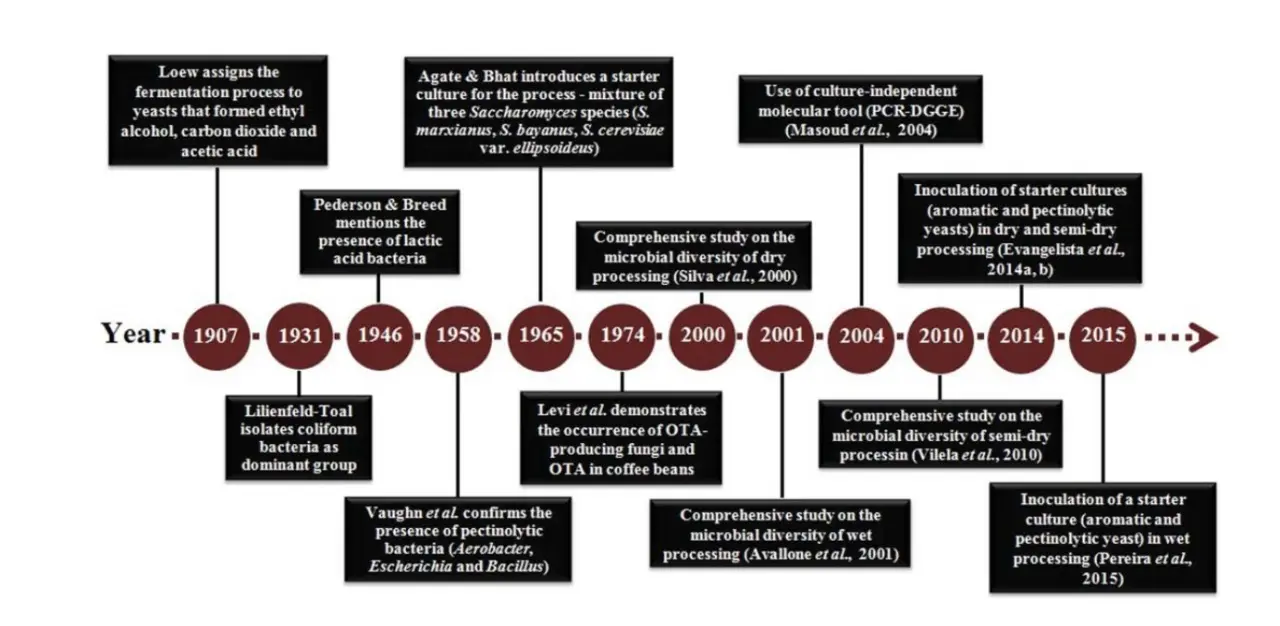
Fermentation in Different Processing Methods
Washed (wet-processed): Cherries are de-pulled so the seed is separated from the fruit, then the mucilage is removed, often via tanks where fermentation breaks down the sticky layer. Typically ~18–24 hours.
Natural (dry-processed): The whole cherry dries intact, mucilage and all, so fermentation happens while the cherry dries in sun or shade. The end-result often brings fruity, “berry-like” sweetness due to the retained mucilage and slower breakdown.
Pulped (semi-washed or honey process): The skin/pulp is removed but mucilage remains. The bean is left to dry with the mucilage intact, so microbial action still occurs but under different conditions.
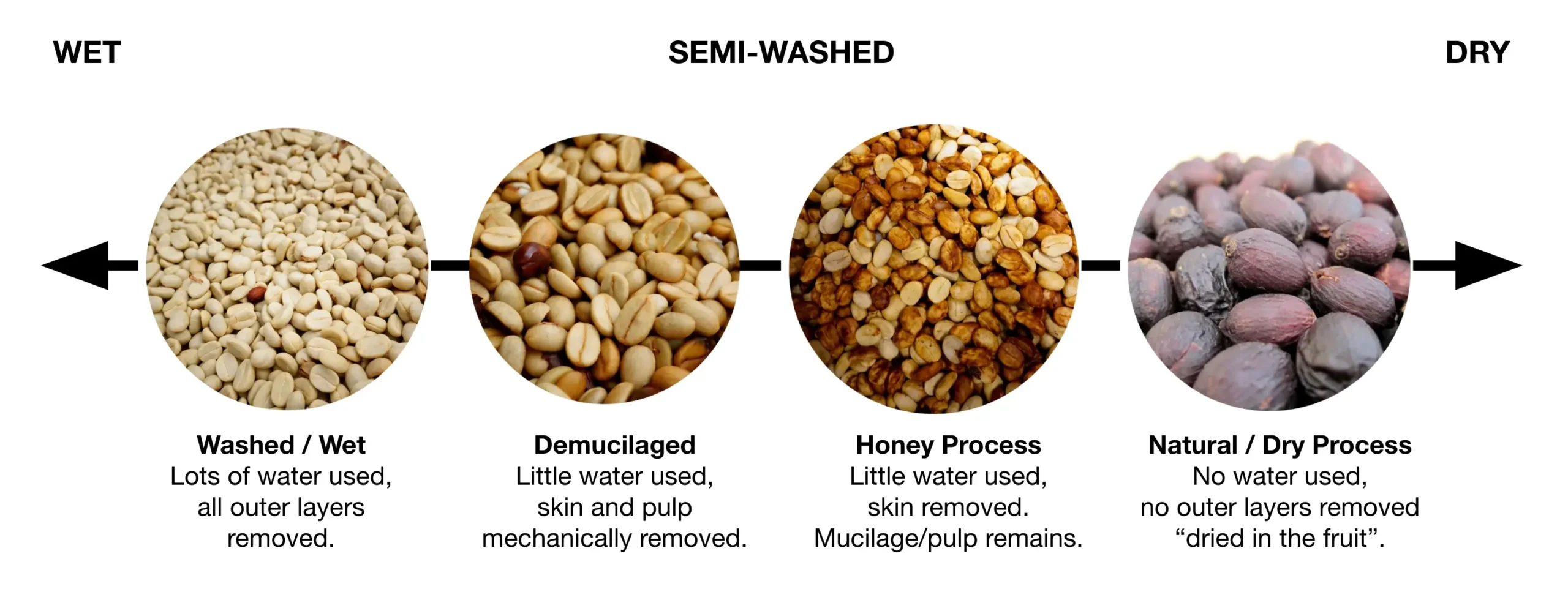
Key Takeaways for Coffee Lovers & Producers
- Fermentation is essential for flavour: it’s not just a cleaning step, but a key driver of unique cup profiles.
- Consistency & control are critical: irregular fermentation = unpredictable/flawed flavour.
- As a consumer, when you hear that a coffee is “naturally fermented”, “anaerobic processed” or “fruit-fermented”, know there’s a whole microbial and processing journey behind that flavour.
- Producers can manipulate variables (time, oxygen, microbial environment, temperature) to sculpt flavour — meaning fermentation is as much art as science.
















